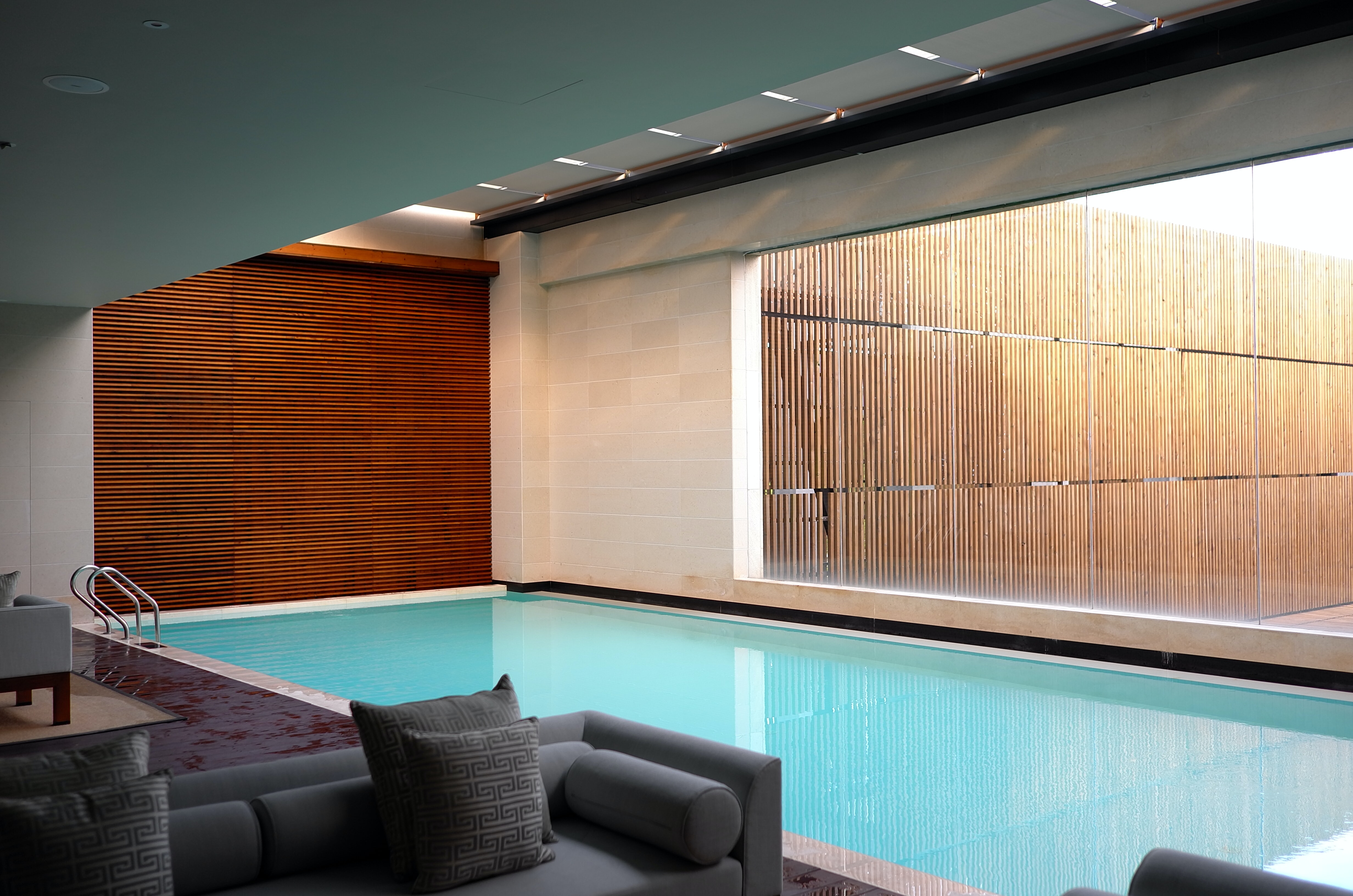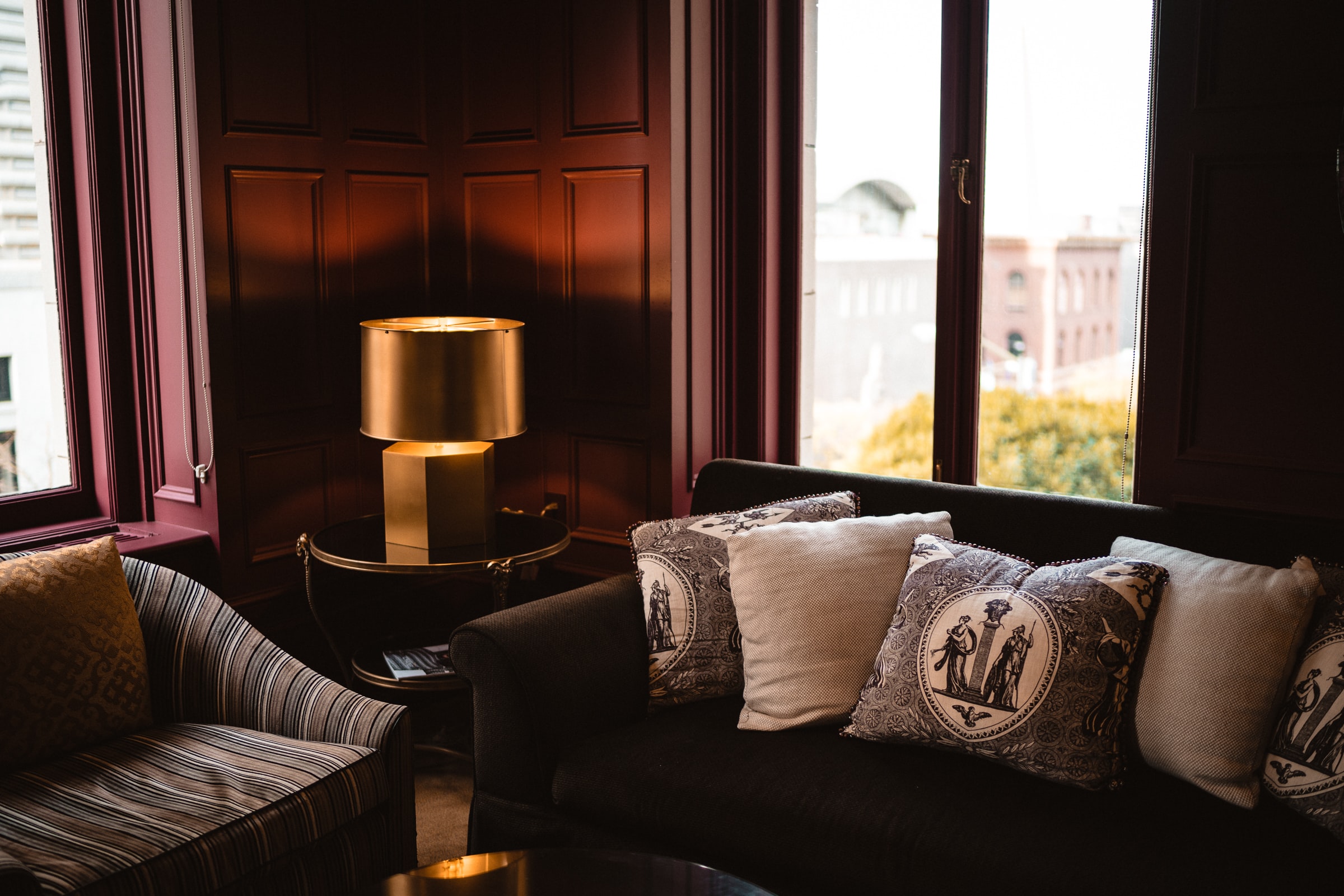5 Revenue Opportunities for Australian Hoteliers in 2021 - IDeaS
Contact
5 Revenue Opportunities for Australian Hoteliers in 2021 - IDeaS
Although the outlook for the local accommodation sector remains uncertain in 2021, the planned vaccine roll-out and regional travel bubbles provide positive opportunities for hoteliers across the country. Here are IDeaS top five revenue generating opportunities.
The challenges around generating guest demand and driving hotel revenues have never been greater. And with international travel restrictions and evolving interstate border controls in place across Australia, the outlook for the local accommodation sector remains uncertain in 2021. However, with low COVID-19 case numbers, the planned roll-out of a national vaccination program, regional travel bubbles being flagged and pent-up demand—there are positive opportunities for hoteliers across the country.
Here are five revenue generating opportunities that I believe hoteliers should be aware of for the year ahead.
Think local, think family
Local, or drive, destinations are experiencing recovery ahead of other sectors—with travellers returning to their favourite family location such as holiday parks, regional country towns and national wildlife or heritage areas. With air-travel unavailable, unaffordable or undesirable to many, the drive market is paving the road forward for many accommodation providers. For hoteliers, this means regional tourism information centres and domestic distribution channels should be revisited, and more traditional marketing approaches like distributing printed brochures, considered.
In this new environment, hoteliers should be prepared for shorter lead times and adjusted inventory management. Hotels should focus on family friendly options like interconnecting rooms or flexible room capacities and provide transparency in any extra person or rollaway charges. The family or drive market may often be seen as a lower yielding or price sensitive segment; however, don’t underestimate the pent-up demand for luxury and indulgence. Hoteliers should highlight features, promote add-on experiences and upgrade options that will enable the guest to make that first “return-to-normal” hotel stay memorable.
Turn guest data into insights
Hotels should take advantage of online services or apps that help them to learn more about their guests and consolidate the data insights to understand the total revenue opportunity from each guest. Offer loyalty programs where guests can earn points toward upgrades, services and other meaningful programs. Provide a digital, self-service way for guests to reserve and pay for spa services or food orders. With these new technology touchpoints, hotels gain the ability to track revenue beyond the guest room and establish a way to manage revenue throughout the entire hotel.
Reconnect with previous guests
Hotels often focus their marketing spend on acquiring new guests to broaden their customer base. However, by doing this, they can overlook a major revenue stream that can be engaged at a much lower cost—past guests. Email marketing allows hotels to communicate with their previous guests at specific times throughout the customer journey, such as prior to arrival, during their stay and after checking out.
Additionally, hotels have valuable insights (and data) on their past guests, which means they can send specific messaging to these individuals (e.g., promote welcome-back packages, outline the hotel’s COVID-19 cleaning and safety protocols, and provide special offers and incentives that help generate ancillary revenue) to drive more profitable direct bookings and avoid having to rely on costly online travel agencies to support occupancy.
Use micro-segments to improve guest conversion
As vaccine programs roll out and the hotel sector begins to see green shoots of recovery, it is essential that as hoteliers create plans across the different phases of business return, each property truly understands its market segmentation—and in more detail than ever before. No longer just a “domestic” segment, this needs to be further expanded into sub-segments and include differences not only in personas and product alignment but also factoring revenue elements such as propensity to cancel, pricing sensitivity, booking lead times, and channel performance by micro-segment.
Data is key to this exercise and in creating micro-segments that are adapted to today’s disrupted market conditions. A better and more granular understanding of the differences within a hotel’s potential new guest mix will power more accurate forecasts, higher marketing ROI and conversion rates by channel.
Image: Rachel Grier, IDeaS Revenue Solutions Asia Pacific Vice President.
Price sensitivity may become less prevalent
The travel industry will eventually rebound. Now is the time to invest in automated, machine-learning technology that enables you to understand demand at the room-type level and make strategic, agile pricing decisions to better maximise revenue as demand levels return.
History even shows that following a crisis, people’s purchasing decisions can become more indulgent. After all, nearly a century ago The Roaring ‘20s followed the 1918 Spanish Flu pandemic. Chris Gray, Psy.D and founder of consumer psychology consultancy Buycology explains this post-crisis behavioural phenomena: “Luxury items provide a sense of possibility and freedom to dream. When you are in the middle of a crisis, it is hard to dream. People are focused on the day-to-day versus being able to think about how life may be better in the future. This opens another opportunity for luxury brands to be able to provide people with that sense of aspiration and possibility.”
For hotels, this means a likely increased demand for higher category room types. As travellers emerge from their hospitality hiatus, their first hotel booking will have more significance and will be underscored by a more feature-based search and selection criteria compared to pre-COVID hotel stays. This translates to less price sensitivity, a desire for rooms with views and special inclusions at a minimum.
Part of any hotel’s recovery planning should therefore include a review of display orders and content across all channels and of course their own booking engine on their website. (i.e., lead with superior or suite product rather than entry-level rooms). Those hotels that deploy tracking and analysing booking curves by room type and exercise pricing methodology based on demand at a room-type level will drive profitability and be best placed to win market share in 2021.
For more information on how your hotel can capitalise on revenue opportunities in 2021, please visit: www.ideas.com
Click here for more information about IDeaS.
The views expressed in this article are an opinion only and readers should rely on their independent advice in relation to such matters.
Similar to this:
The Road to Revenue Recovery: Post-Lockdown Hotel Strategies










